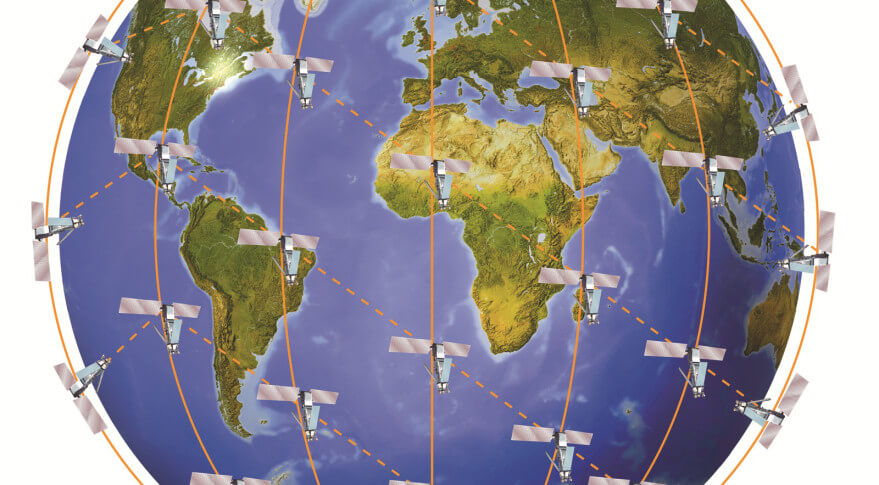
Iridium and General Dynamics submit joint bid for Space Development Agency contract (Image Credit: Space News)

WASHINGTON – Communications satellite operator Iridum and General Dynamics Mission Systems submitted a joint bid to operate and manage the Space Development Agency’s low Earth orbit constellation.
A spokesman for Iridium confirmed the two companies teamed up on a proposal in response to an SDA request earlier this year. The agency in January issued a request for proposals for the “ground operations and integration segment” for a $1.8 billion constellation known as Transport Layer Tranche 1.
Iridium’s CEO Matt Desch during an earnings call April 19 told analysts that the company was pursuing the SDA contract but did not discuss the teaming arrangement.
SDA has ordered 126 satellites from Lockheed Martin, Northrop Grumman and York Space Systems. Each company is responsible for providing 42 satellites and operating them but SDA will select a separate contractor to manage the entire enterprise including the ground stations, data links and user equipment.
“Iridium and General Dynamics Mission Systems have partnered and submitted an innovative proposal in response to SDA’s RFP for development of their proliferated LEO constellation’s system integration, ground systems, facilities, ground stations and management of day-to-day operations of their network,” Iridium said in a statement to SpaceNews.
The company operates a constellation of 75 communications satellites in low Earth orbit and provides satcom services to the U.S. government and commercial customers. General Dynamics Mission Systems develops and integrates satcom antennas and ground systems.
SDA’s technical director Frank Turner described the ground systems integration of Tranche 1 as a complex challenge. “What we need is a team of folks who can take a look at the missions, at what we need to operate from a ground perspective and how to build the constellation, mission and network management to make it all work together,” he said last month at an industry conference.
The Transport Layer, a mesh network intended to move data in space via optical links, will have two operations centers at government facilities in Grand Forks Air Force Base, North Dakota; and Redstone Arsenal in Huntsville, Alabama. It will have multiple ground entry points, external locations, and terrestrial backhaul communications.
“The ability of this contractor to work with and manage inputs and actions from multiple other performers will be critical to successfully field and operate Tranche 1,” SDA said. The agency is reviewing bids and expects to select a contractor in the coming months.








